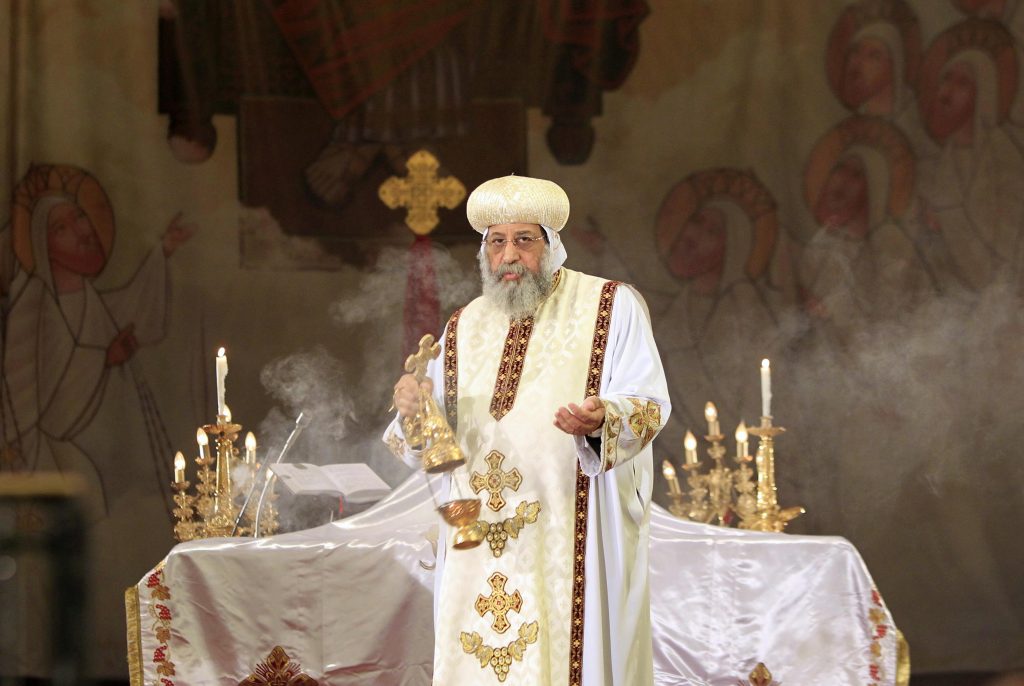
I was at a liturgical service some years ago. It began with the president or leader of the service offering a prayer, and after his prayer was completed the congregation responded with their agreement in the word, Amen. A hymn was sung by the congregation and then another man with some responsibility in the congregation came to the front and read some notices from a text. Further short prayers for the needs of the congregation and of the world were offered in a litany of short prayers with the congregation responding each time with the word, Amen. A second hymn was sung by the congregation and then the leader read from the scriptures. There was another hymn which the congregation joined in with and then another man with responsibility in the congregation spoke about the scriptures for some time. When he had concluded the congregation sang another hymn and the leader of the service closed the liturgical meeting with a prayer of blessing.
Of course this did not take place in an Orthodox Church and it describes the usual Sunday evening service which I attended week by week in the evangelical community I grew up among. But it could only be described as liturgical, since it clearly followed a structure and this structure was repeated each week. Only those who were members of the leadership of the congregation were authorised to lead these meetings.
When I was a child it would have been little different in every Christian congregation in my home town. In every place worship would have been taking place according to a liturgy, whether written or unwritten, but authoritative none the less.
When the various Protestant groups developed from the splinters which had broken from the Catholic Church in the West it would have been possible for a democratic and spontaneous worship to have developed. And experiments with such forms naturally took place. But Lutheranism was liturgical, and so was the worship of the Calvinists in Geneva. Likewise in Scotland, where the Protestant revolution swept away much of the ancient tradition, worship was conducted according to liturgical forms which can be found in the Genevan Book of Order which found its way to the north and became the basis of church services.
In almost every place it was determined that a proper order in the conduct of worship was not to be quickly dismissed, and indeed was necessary to Christian worship. What does this mean? It surely means that throughout the history of the Church – as will be considered in due course – and even when the constraints of the Catholic tradition were removed, almost all Christians in all places chose to preserve the liturgical character of their worship even from the period of the Protestant revolution to modern times. The idea that there should be no order is entirely modern. Before throwing the baby out with the bath-water, as many have done in the present time, it would be wise to understand why almost all Christians in all ages and places until the most recent of times have determined that such a fixed structure and even content is of spiritual benefit and even necessary to the worship of the Church in spirit and truth.
